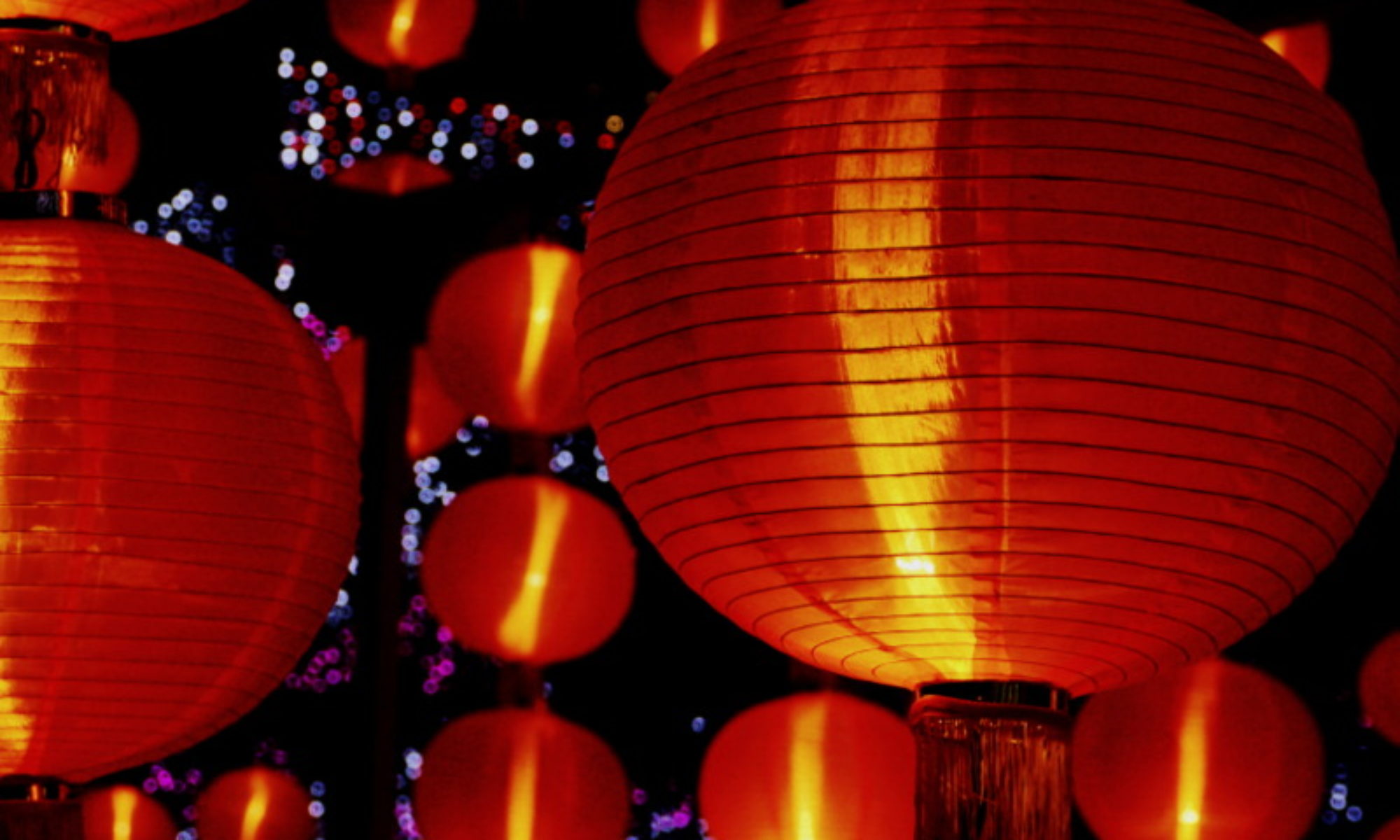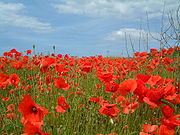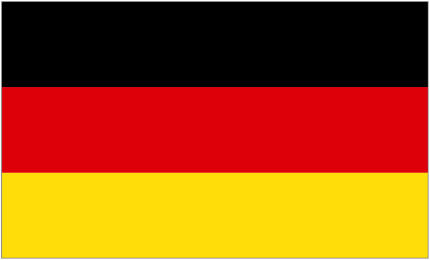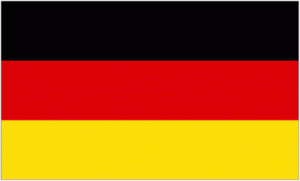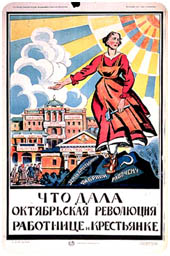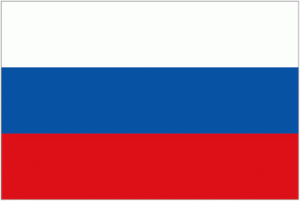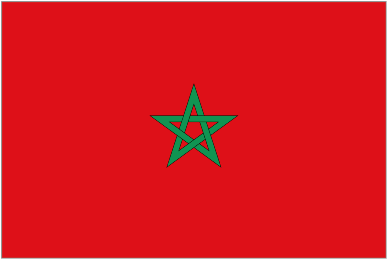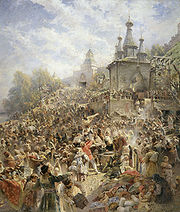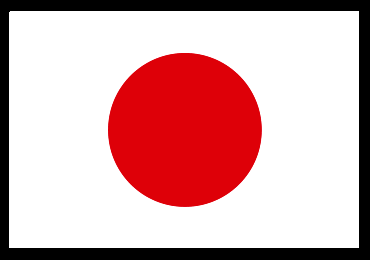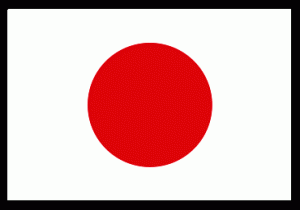November 11
One of the most famous poems of war was written in May 1915 by a Canadian doctor stationed at Ypres during World War I. When the Canadians arrived on April 17 they were strangers to trench warfare. The Germans were not.
The Canadians occupied what would prove to be a particularly tragic stretch of grass of the infamous Flanders field. When the Germans attacked, they used every weapon in their arsenal, including poison gas.
The Canadians suffered 6,000 casualties during the April-May 2nd Battle of Ypres, half of them on a single day. Lt. Colonel John McCrae recalled it as
“Seventeen days of Hades! At the end of the first day if anyone had told us we had to spend seventeen days there, we would have folded our hands and said it could not have been done.”
Dr. McCrae was entrusted with the futile task of treating the wounded. On May 3, the day after his friend and former student Alexis Helmer was killed in battle, McCrae surveyed the poppies of the cemetery field and paused to scribble three verses.
In Flanders Fields the poppies blow
Between the crosses row on row,
That mark our place; and in the sky
The larks, still bravely singing, fly
Scarce heard amid the guns below.
We are the Dead. Short days ago
We lived, felt dawn, saw sunset glow,
Loved and were loved, and now we lie
In Flanders fields.
Take up our quarrel with the foe:
To you from failing hands we throw
The torch; be yours to hold it high.
If ye break faith with us who die
We shall not sleep, though poppies grow
In Flanders fields.
One of the first people to read it was a young soldier named Cyril Allinson.
“The poem was an exact description of the scene in front of us both. He used the word blow in that line because the poppies actually were being blown that morning by a gentle east wind. It never occurred to me at that time that it would ever be published. It seemed to me just an exact description of the scene.”
McCrae would never know peace. He died of pneumonia in January 1918 in northern France, 10 months before the Armistice that ended World War I. In the United States, the anniversary of the armistice is known as Veterans Day. In Europe and Canada, November 11th is Remembrance Day.
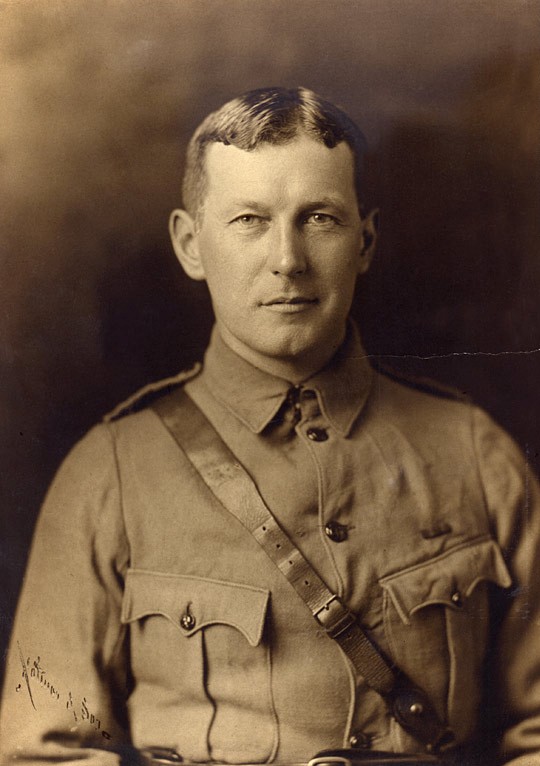
Today veterans sell poppies in memory of all those who have served since Flanders Fields.
How the tradition of selling poppies for veterans began: http://news.bbc.co.uk/2/hi/uk_news/magazine/6133312.stm
